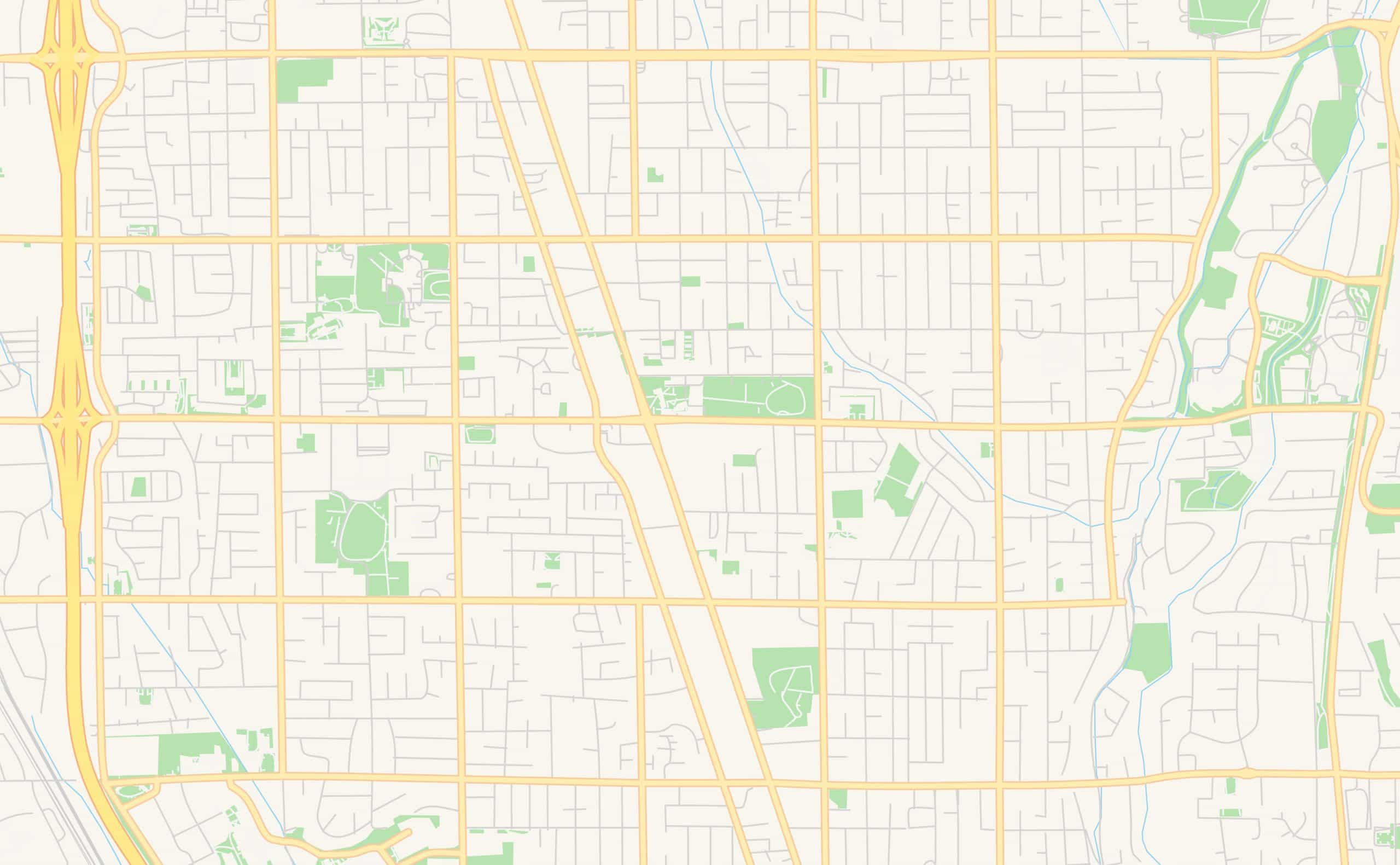Land use and zoning laws regulate the use and development of real estate. Municipalities and counties enforce these laws to control and direct property development within their borders. Every major urban area has unique standards, and the zoning codes differ from building codes. However, both are established to ensure that real estate developments do not negatively impact the surrounding community. Without them, cities would face many problems, ranging from potentially dangerous structures to illegal land use. Zoning reports are a standard component of commercial real estate due diligence. They go hand-in-hand with other vital documents, including ALTA Surveys, Phase I Environmental Site Assessments, and Property Condition Assessments.
The primary purpose and function of zoning is to divide a municipality into residential, commercial, and industrial districts or zones that are, for the most part, separate from one another, with the use of property within each district being reasonably uniform. Within these three types of districts and mixed-use districts, there will generally be additional restrictions, some of which can be very detailed. Codes differ from city to city but are likely to regulate:
- Setbacks: The distance between property lines and buildings. Cities determine this space using various metrics, including exterior walls, roof overhangs, front porches, and chimneys, and how they define “encroachments.” Municipalities will often allow exceptions to setback regulations.
- Building size and height: This is based on a basic footprint or floor area ratio, including indoor spaces and structures such as garages and partially enclosed porches. Chimneys, vents, solar panels, and other features may or may not be included in height regulations.
- Use of the property: Zoning regulation will dictate how a structure can be used. For example, homes might not be allowed to double as businesses, or raising animals such as chickens in an urban area might be a violation.
- Accessory structures: Such as barns and detached garages.
- Building envelope and solar access: Increased use of solar panels has prompted some cities to revisit their rules on what can be placed on top of buildings, especially if a structure such as a solar panel blocks a neighbor’s access to sunlight.
Other areas likely to fall under the reach of zoning laws are the number of rooms in a structure; density restrictions; the frontage of lots; front, rear, and side yards; off-street parking; and the number of dwelling units. Regulations may restrict areas to single-family homes or multifamily dwellings, or townhouses. In areas of historical or cultural significance, zoning regulations may require that some buildings, or parts of them, be preserved.
A complete and accurate zoning report considers the past, present, and future
A good zoning report will include an interpretation of zoning ordinances; a search for variances; a determination of conformance and non-conformance; details about parking, setback; and any building or fire violations. This information helps interested parties assess and resolve specific zoning issues or potential problems that may arise, such as nonconforming properties where improvements may be required or rebuilding a property after a fire or other disaster. The current owner is responsible for existing zoning violations.
LightBox PZR Reports primarily focus on the present and future, but the past is still important. We check for open violations and consider historical documents, variances, site plans, and certificates of occupancy to shed light on any potential problems and to learn why a city approved an earlier tenant or construction plan.
There can be grey areas in any zoning analysis regarding matters such as the classification of nonconformities, dates of enactment of zoning provisions, and ancillary legal considerations that can affect the use of a property. Does your floor ratio meet the requirements or the site coverage? Is there too much building footprint for the size of the lot? Multifamily parking requirements might be based on the number of bedrooms, while office parking might be based on square footage. A large mall might have a single parking requirement rather than several smaller ones. LightBox PZR includes information from the jurisdiction and zoning code violation searches to help users answer all these questions and deal with any eventuality.
Changes in a property aren’t always noticeable, but they’re essential. A building may have met zoning requirements at the time it was constructed but no longer does so because of amendments to the zoning code, a change in the jurisdiction itself—the property might have transferred from a county to a city, or vice versa—or an altered roadway that changed the property line and caused a setback violation or a loss of parking spaces. For these reasons, and because all zoning codes are different, the accurate analysis PZR Reports provide is crucial so that customers can undertake due diligence with total confidence.
